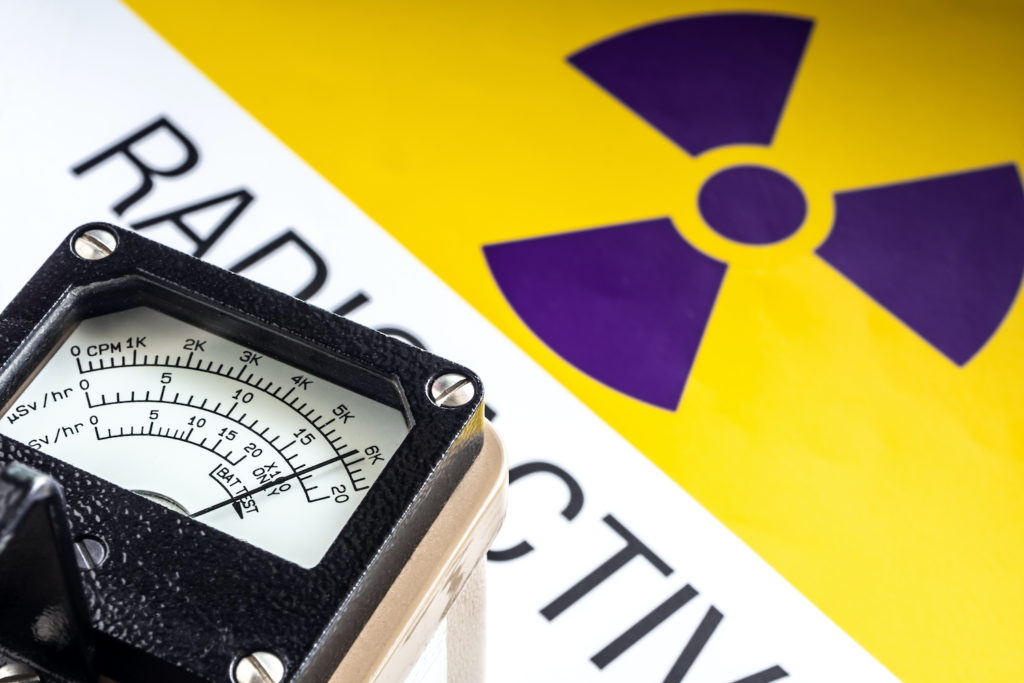APPLICATIONS OF TECHNOLOGY:
- Detection of nuclear materials
- Detector modules for nuclear detection
BENEFITS:
- A more compact design compared to segmented components for the detection of fast neutrons, slow neutrons, and gamma-rays
- Allows for full rejection of false positives
- Use of organic, low cost plastic may result in cost savings
BACKGROUND:
The ability to detect fast neutrons, slow neutrons, and gamma ray signatures is needed for effective nuclear detection. While there are materials commercially available or in development for detection of neutrons with gamma discrimination and for gamma spectroscopy, there are none at this time that can efficiently do all of the above.
TECHNOLOGY OVERVIEW:
Berkeley Lab scientists have developed a new, compact, low-cost block detector that is capable of detecting fast and slow neutrons as well as gamma-rays. The invention uses a combination of organic, low-cost plastic scintillator for the thermalization of fast neutrons with a 6Li containing inorganic scintillator for the capture of low energy neutrons. The inorganic scintillators have the advantages of better gamma/neutron discrimination, good light output, and good gamma spectroscopy capability.
DEVELOPMENT STAGE: Proven principle
FOR MORE INFORMATION:
PRINCIPAL INVESTIGATORS:
Stephen Derenzo
Edith Bourret
STATUS: Patent pending
OPPORTUNITIES: Available for licensing or collaborative research.
